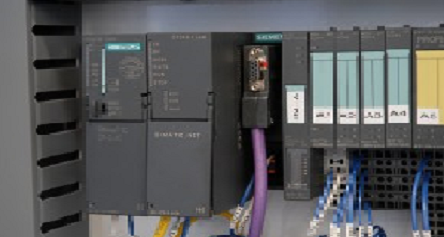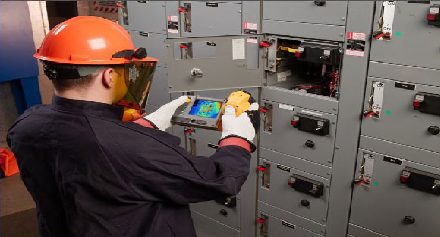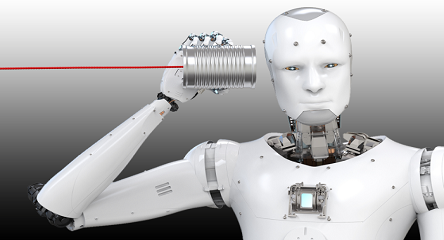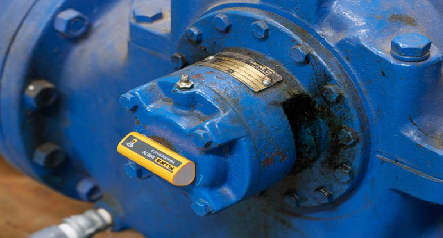Editorial Board Spotlight – Nolan Williamson
How did you start your career in the condition monitoring industry?
I had an internship with an aluminum recycling company as a reliability engineer, a field I had never heard of studying as a mechanical engineer. I worked closely with our technologist, who oversaw our condition monitoring activities. Having a research background in vibration, I was particularly interested in it as a condition monitoring technology.
What lessons did you learn during the early stages of your career that you still find valuable?
Do it once, and do it right the first time. However, bear in mind that a job done well today is often worth more than a job done perfectly tomorrow.
Fast forward to today, can you share with me about your role and responsibilities?
I am one of the reliability engineers at my facility, and I still work closely with our technologists, as well as our planner and scheduler.
What are some of the needs in your department or industry and why?
Working with aging equipment in an aging facility with a less-than-optimal layout can be tricky. More than anything, I think we could all benefit from a little more patience! Change doesn’t happen overnight, and finding root cause problems doesn’t always happen overnight either!
What condition monitoring technology are you most excited about, and why? What difference does it make it your area?
I’m still amazed by the capability of vibration-based condition monitoring. As wireless accelerometers become cheaper and more capable, I’m excited by the idea of being able to deploy them on less critical assets and prevent even more failures.
What are some of the industry trends that you are noticing these days?
While I’m excited about the progress being made with the wireless accelerometers hitting the market these days, they are also somewhat concerning, as their frequency response, sample rate and sensitivity are often not enough to be deployed on critical assets. These products are often advertised as a direct replacement for hardwired accelerometers or a vibration “route” with a more capable platform. Replacing a route-based vibration program with these less capable accelerometers can lead to missed diagnoses.
Along with this, I am annoyed by the amount of proprietary equipment being marketed. I like being able to mix and match 4-20 mA transmitters to tailor a system for a particular purpose, while leaving room for expansion and not having to worry about software or hardware support. I like being able to read data off of multiple platforms from multiple manufacturers at a single point, rather than having to individually go into each manufacturer’s software and export data for further analysis.
What is the craziest thing that you’ve ever witnessed or heard about in your industry (can be scary, educational, REAL)?
I’m continually blown away by the capability of skilled tradesmen. I recently watched a tradesman flame-straighten a bent shaft on a 3600 RPM blower so that we could run until a new shaft could be fabricated. The whole process took about an hour and required nothing more than an oxy-acetylene setup, a dial indicator, and a VERY skilled craftsman.






